Bavaria feels like stepping into a fairytale, where castles rise above green hills and the Alps stretch across the horizon. When I traveled through southern Germany, I found myself face to face with dreamy peaks, quiet villages, and legendary castles like Neuschwanstein perched high above the forests.
Every day brought a new chapter in this storybook landscape. I wandered through these breathtaking scenes, sometimes just stopping to soak it all in.
Charming beer gardens and friendly locals introduced me to Bavarian culture. I spent my days hiking mountain trails, exploring medieval towns, or relaxing with a cold drink under chestnut trees.
There was always something unexpected waiting around the corner. The blend of nature and history here creates moments you just can’t forget.
If you’ve ever dreamed of exploring a place where the scenery can honestly take your breath away and traditions run deep, then a Bavarian adventure is calling. From fairytale castles to snowy Alpine peaks, this region invites you to discover its beauty and make memories that last.
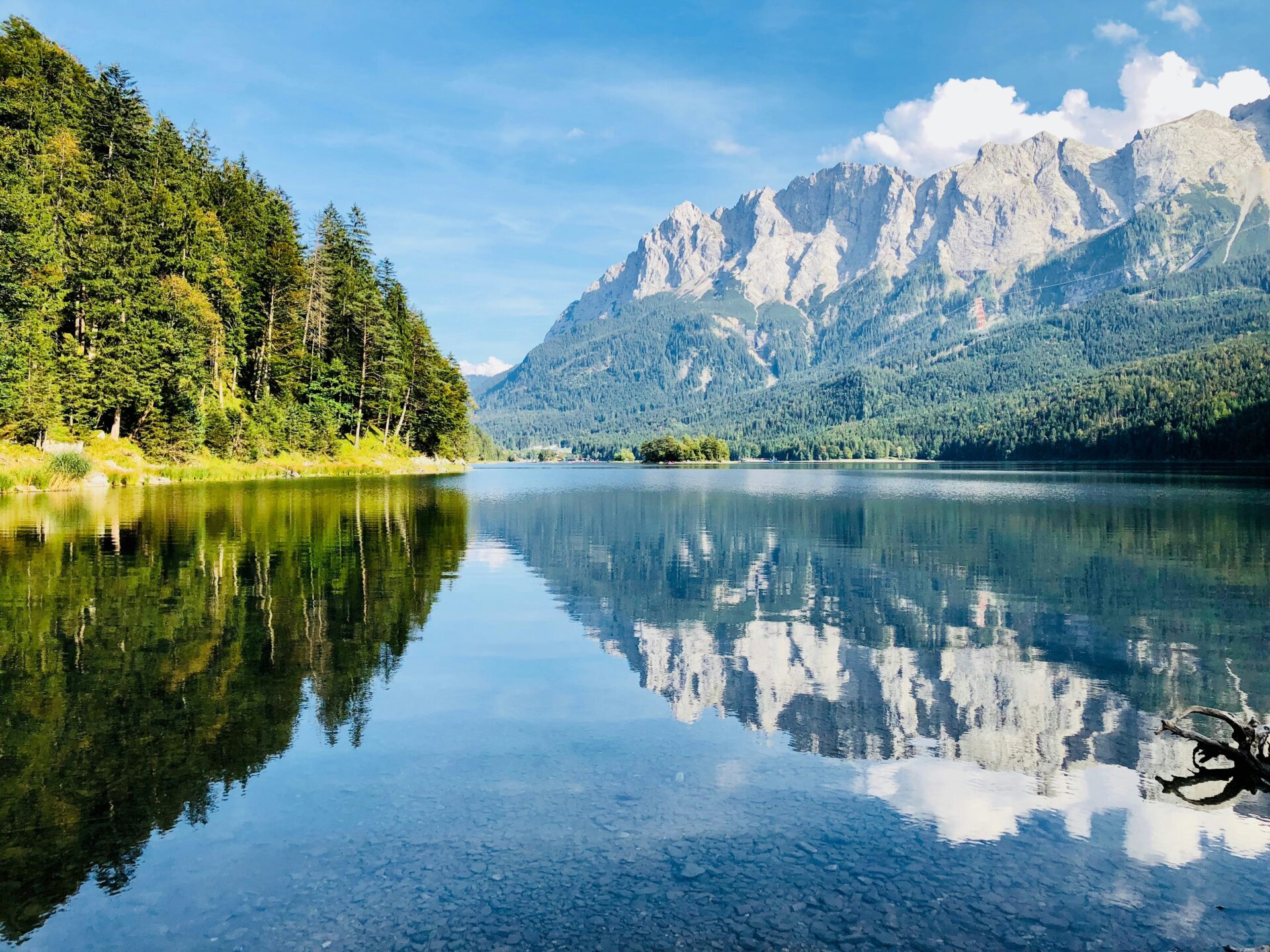
Breathtaking Alpine Landscapes & Outdoor Escapades
Bavaria’s heart is packed with natural wonders and outdoor thrills. Snow-capped mountains, crystal lakes, and lively towns make this region a paradise for anyone who loves the outdoors.
The scenery here is legendary. If you’re into adventure, you’ll find plenty of it.
Exploring the Bavarian Alps
The Bavarian Alps really do look like something out of a fairytale. Jagged peaks rise over rolling meadows, and old villages nestle into the hills.
One morning, I set out for a hike just as mist covered the valleys and cowbells echoed in the distance. The trails suit all levels, from lakeside strolls to high-altitude treks.
Some paths wind past turquoise lakes like Eibsee or hidden waterfalls. Every walk holds a surprise or two.
Cycling routes and guided tours offer chances to spot local wildlife. Wildflowers cover the hills in spring and summer.
Winter transforms the region into a wonderland for skiers and snowboarders. There’s always something to do, no matter the season.
Highlights:
- Hiking or biking near Eibsee Lake
- Photo stops at panoramic viewpoints
- Alpine huts serving hearty mountain food
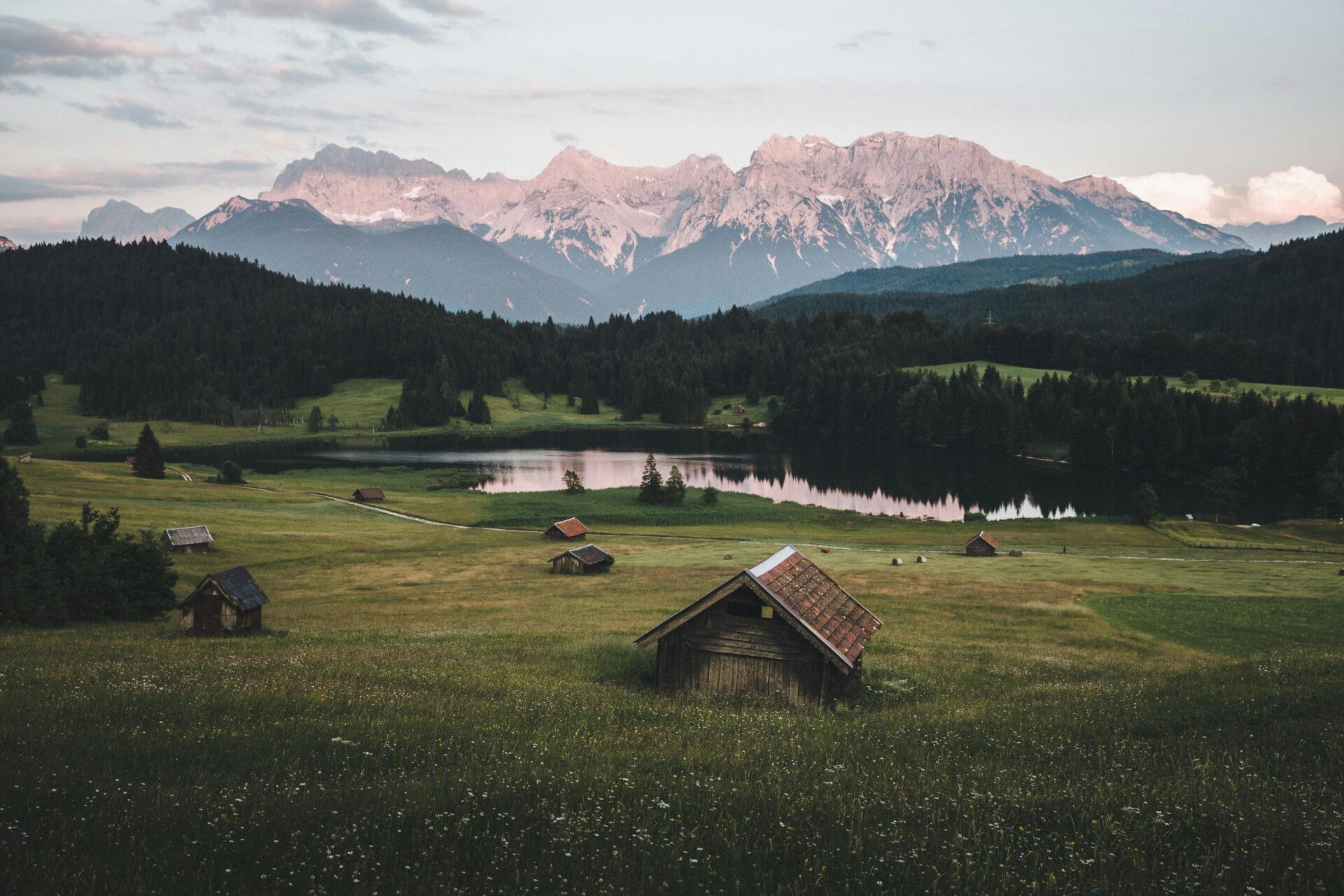
The Majestic Zugspitze: Germany’s Highest Peak
You can’t visit Bavaria and skip the Zugspitze. At 2,962 meters, it’s Germany’s tallest mountain, and its snowy summit towers above everything.
Getting to the top is part of the adventure. I hopped on the cogwheel train from Garmisch-Partenkirchen, then switched to the cable car for the final climb.
The summit platform blew me away. On a clear day, you can see Germany, Austria, Switzerland, and even Italy.
There’s a glacier to explore, a weather station, and a mountaintop restaurant. In winter, skiers flock here, while summer brings hikers and climbers.
Bring layers—weather changes fast up here. It’s chilly even in July.
| Must-Do Activities | What To Bring |
|---|---|
| Ride the cable car | Warm layers |
| Walk in glacier snow | Sunglasses & sunscreen |
| Dine with a view | Camera or smartphone |

Garmisch-Partenkirchen: Gateway to Adventure
At the base of the Alps, Garmisch-Partenkirchen welcomes outdoor lovers. The town is famous for winter sports and festivals, but I came for the old houses painted with colorful murals.
Walking trails start right from town and lead to peaceful gorges or the dramatic Partnach Gorge, where green water rushes between tall rock walls. I skipped the guided tour and just wandered on my own.
After a long day, I found Bavarian restaurants serving schnitzel and fresh pretzels. Families, solo travelers, and groups all seem to find something here.
I browsed the farmers’ markets and poked around small shops for handmade crafts and souvenirs. There’s a little bit of everything.
Top Experiences in Garmisch-Partenkirchen:
- Partnach Gorge hike
- Traditional beer gardens
- Historic Ludwigstraße for shopping
Whether you’re hiking a trail or warming up with a hearty meal, this town really feels like the soul of the Bavarian Alps.

Castle Dreams: Bavaria’s Fairytale Fortresses
Castles rise above lakes and valleys, each with its own story. Golden halls, enchanted gardens, and stunning views pulled me from one Bavarian dream to the next.
Neuschwanstein Castle: King Ludwig II’s Masterpiece
I walked up the path to Neuschwanstein Castle and honestly felt like I’d landed in a real-life storybook. King Ludwig II built this romantic castle in the late 1800s on a steep cliff above Hohenschwangau.
Its white towers inspired Disney’s Sleeping Beauty Castle, but seeing it up close is something else. The inside glows with murals of legends and scenes from Wagner’s operas.
King Ludwig II filled every hall with bright colors, gold, and furniture straight from a fairytale. The view from the upper balconies—Alps and lakes spread out below—stays with you.
I’d go early in the morning to beat the crowds. Guided tours cover the main rooms, and the walk up from the ticket center takes about 30 to 40 minutes.
Neuschwanstein sits 73 miles from Munich, so it’s a perfect day trip.
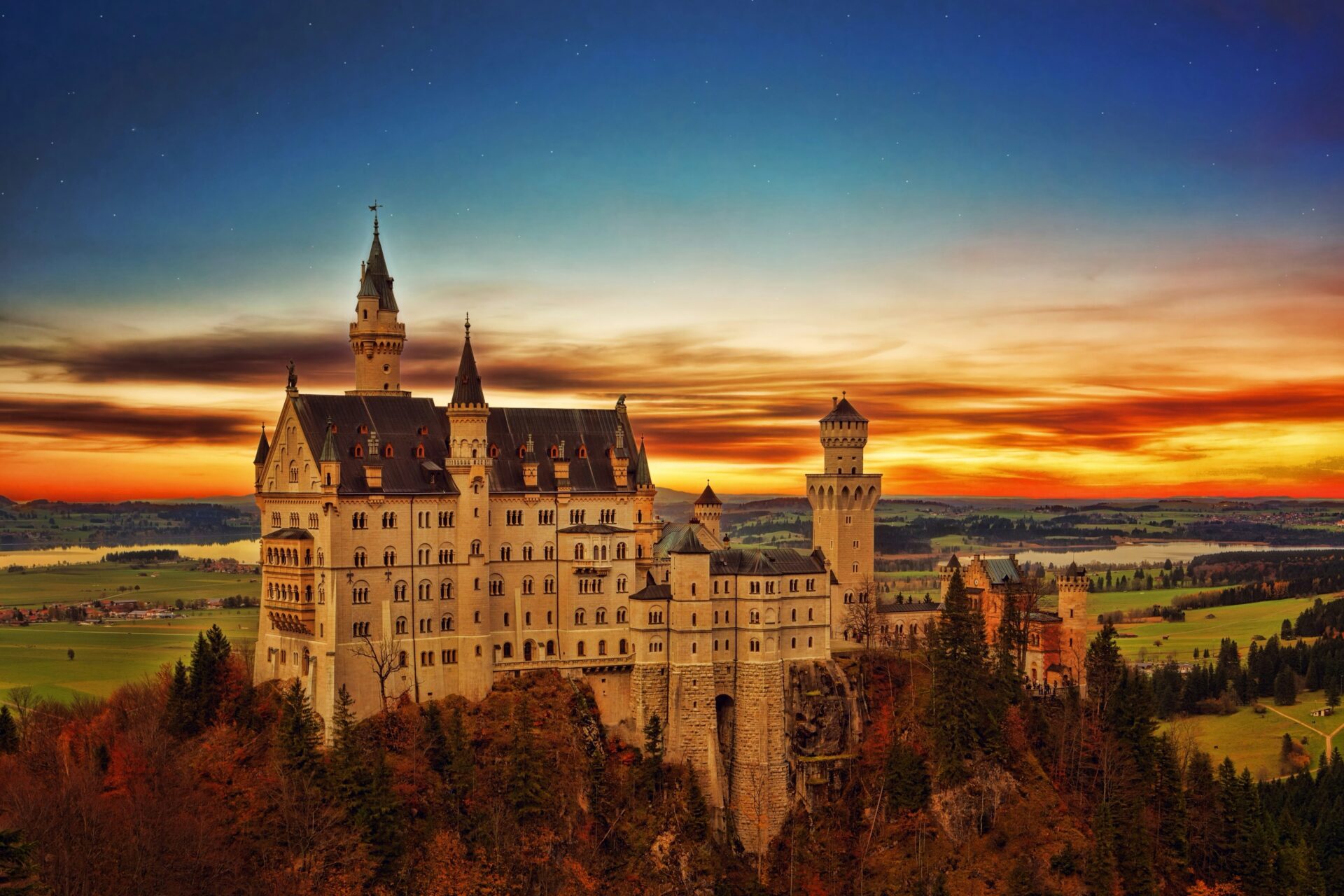
Hohenschwangau Castle: A Royal Childhood Retreat
Just a short walk downhill, Hohenschwangau Castle glows bright yellow above the village. This was King Ludwig II’s childhood home, restored by his father, King Maximilian II.
The rooms feel lived-in and warm, with painted murals and ornate furniture. I especially liked the “Hall of the Swan Knight,” a nod to Bavarian folklore.
You get a great view over Alpsee lake—another postcard view. The castle feels more relaxed than Neuschwanstein, almost cozy.
Guided tours run in several languages, and the staff were genuinely friendly.

Linderhof and Herrenchiemsee: The Versailles Connection
King Ludwig II admired Versailles and tried to capture that grandeur in his own palaces. Linderhof Palace, set among thick forests, is the only one he saw finished.
It’s smaller, but every room dazzles with gold, crystal, and rich fabrics. The gardens and fountains outside feel almost magical.
There’s even a grotto where Ludwig watched performances alone. It’s a hidden gem, really.
On an island in Lake Chiemsee, Herrenchiemsee Palace mirrors Versailles even more closely. The Hall of Mirrors sparkles with light and detail.
Touring the palace, I could see Ludwig’s grand vision—even though he barely spent time here.
| Palace | Inspired by Versailles? | Notable Features | Location |
|---|---|---|---|
| Linderhof | Yes | Ornate rooms, gardens, grotto | Near Ettal, Bavaria |
| Herrenchiemsee | Yes | Hall of Mirrors, island location | Lake Chiemsee |
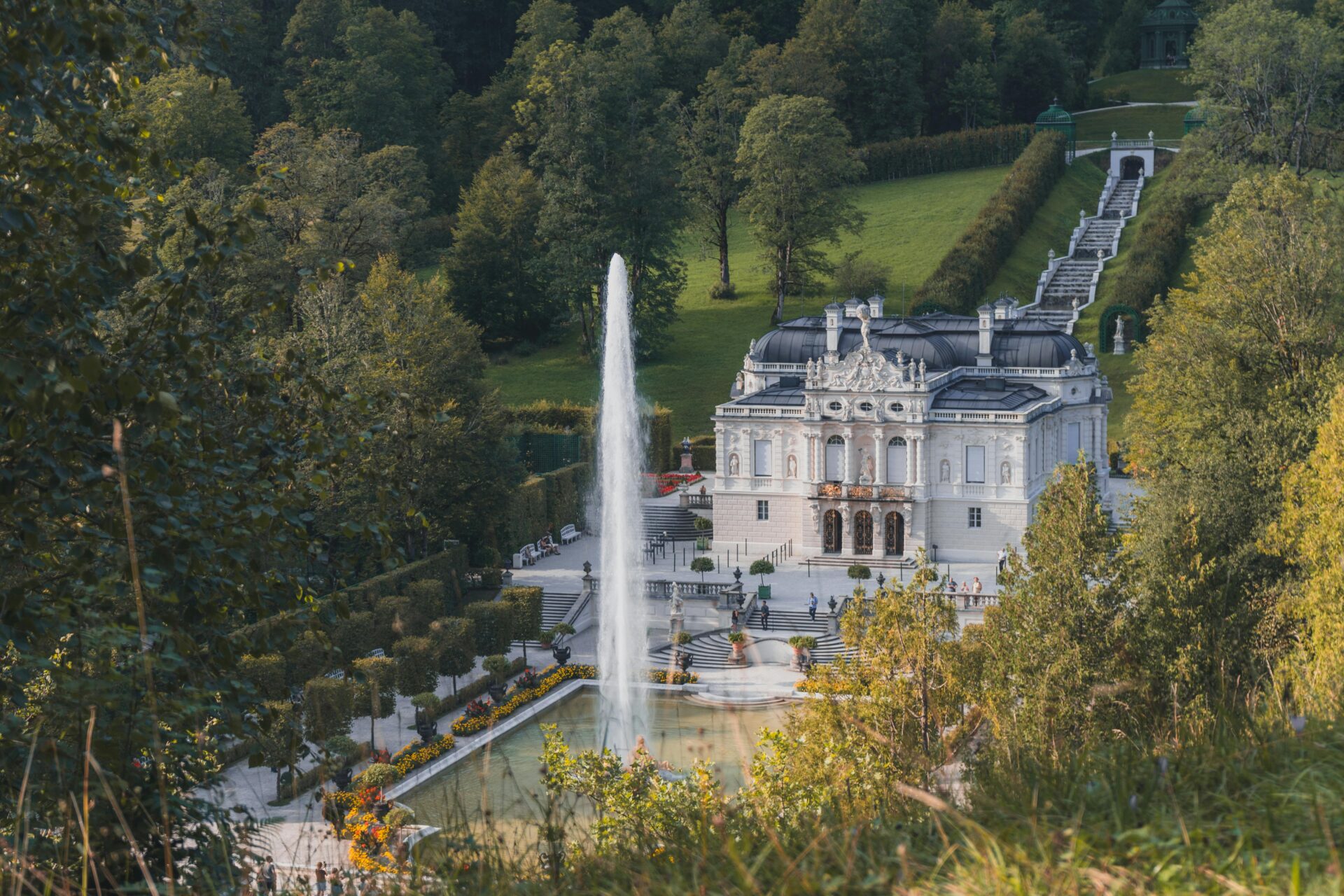
Bavaria’s Hidden Gems: Burghausen, Trausnitz, & Harburg
Most tourists head for the big three, but I found smaller castles just as captivating. Burghausen Castle, Europe’s longest, stretches over 1,000 meters along a ridge above the Salzach river.
Its towers and courtyards reveal centuries of Bavarian history. The views across to Austria make the climb worth it.
Trausnitz Castle in Landshut surprised me with its mix of Gothic and Renaissance design. Walking through the “Gallery of Beauties” felt like stepping into another era.
Guided tours share stories about Bavarian dukes and medieval life. I learned a lot just by listening.
Harburg Castle sits above the Romantic Road, halfway between Augsburg and Rothenburg ob der Tauber. It’s one of the oldest and best-preserved castles in southern Germany.
The ramparts, furnished rooms, and small chapel create an authentic medieval setting. It’s not flashy, but it’s a true hidden treasure for castle lovers.

Vibrant Cities & Stories From Munich to Nuremberg
Bavaria’s cities blend history, culture, and charm at every turn. Grand squares buzz with life, and old towns hide behind stone walls.
Each place I visited felt unique and full of its own stories.
Munich Wonders: Marienplatz & The Glockenspiel
Munich welcomed me with its busiest spot—Marienplatz. Locals gather here to shop, meet friends, or watch the famous Glockenspiel show.
When the clock’s figures danced at 11 a.m., I stood with the crowd, eyes fixed on the knights jousting and bells ringing out over the city. Around the square, I wandered between shops, bakeries, and the impressive New Town Hall.
The building’s Gothic and Renaissance style is a showstopper. I ducked into side alleys filled with cafés and outdoor seats—perfect for people-watching and Bavarian snacks.
It’s easy to see why Munich gets its reputation for blending old and new. Wide boulevards and cozy beer gardens sit just a block apart.

A Stroll Through Nuremberg’s Rich Past
In Nuremberg, I felt like I’d stepped back in time. The city’s medieval vibe is strong, with cobbled streets winding up to the tall Imperial Castle.
I explored the castle’s towers and learned how it once protected the city. The view from the top—red rooftops and church spires stretching out—was unforgettable.
Down in the old town, half-timbered houses line the market square. Nuremberg is famous for its bratwurst, so I grabbed a snack from a street vendor.
Even in summer, the Christmas market stalls brighten the square. Nuremberg is easy to walk and soaked in history, giving me a real sense of Bavaria’s past.

Enchanting Rothenburg ob der Tauber & Romantic Road Towns
Rothenburg ob der Tauber sits along Bavaria’s Romantic Road, a route sprinkled with fairy-tale stops. The town looks straight out of a storybook, with medieval city walls and colorful houses leaning over narrow lanes.
I walked along the old ramparts for sweeping views and ducked into shops selling hand-painted Christmas ornaments and sweets. Not far from Rothenburg, the road winds through other gems like Würzburg, known for its baroque palace, and Augsburg, where the historic Fuggerei—the world’s oldest social housing complex—sits quietly in the city’s heart.
Each stop on the Romantic Road added its own flavor. For me, Rothenburg’s towers and hidden gardens felt especially magical, like stepping into a quieter, slower time.

Bavaria’s Royal Palaces & Architectural Marvels
Dazzling baroque masterpieces, lush gardens, and impressive collections made Bavaria’s palaces feel like the pages of a storybook. Each palace opens a window to lavish royal lifestyles, filled with art, history, and unforgettable architecture.
Nymphenburg Palace & Baroque Grandeur
Nymphenburg Palace sits just outside Munich’s center, and honestly, its sheer scale and beauty floored me. Bavaria’s rulers built this baroque summer residence in the 17th century, and get this—it’s actually wider than Versailles.
As I walked up the main drive, I couldn’t help but gawk at the symmetry and that grand facade.
Inside, the central festive hall immediately drew me in with its elaborate frescos and golden stucco. The air felt thick with history. I found myself staring up at the intricate ceilings and sparkling chandeliers for ages.
I have to mention the Gallery of Beauties. It’s a wall of portraits showing women from Munich’s high society, all painted by King Ludwig I’s favorite artist. If you’re into architecture or art, you really shouldn’t skip this place.
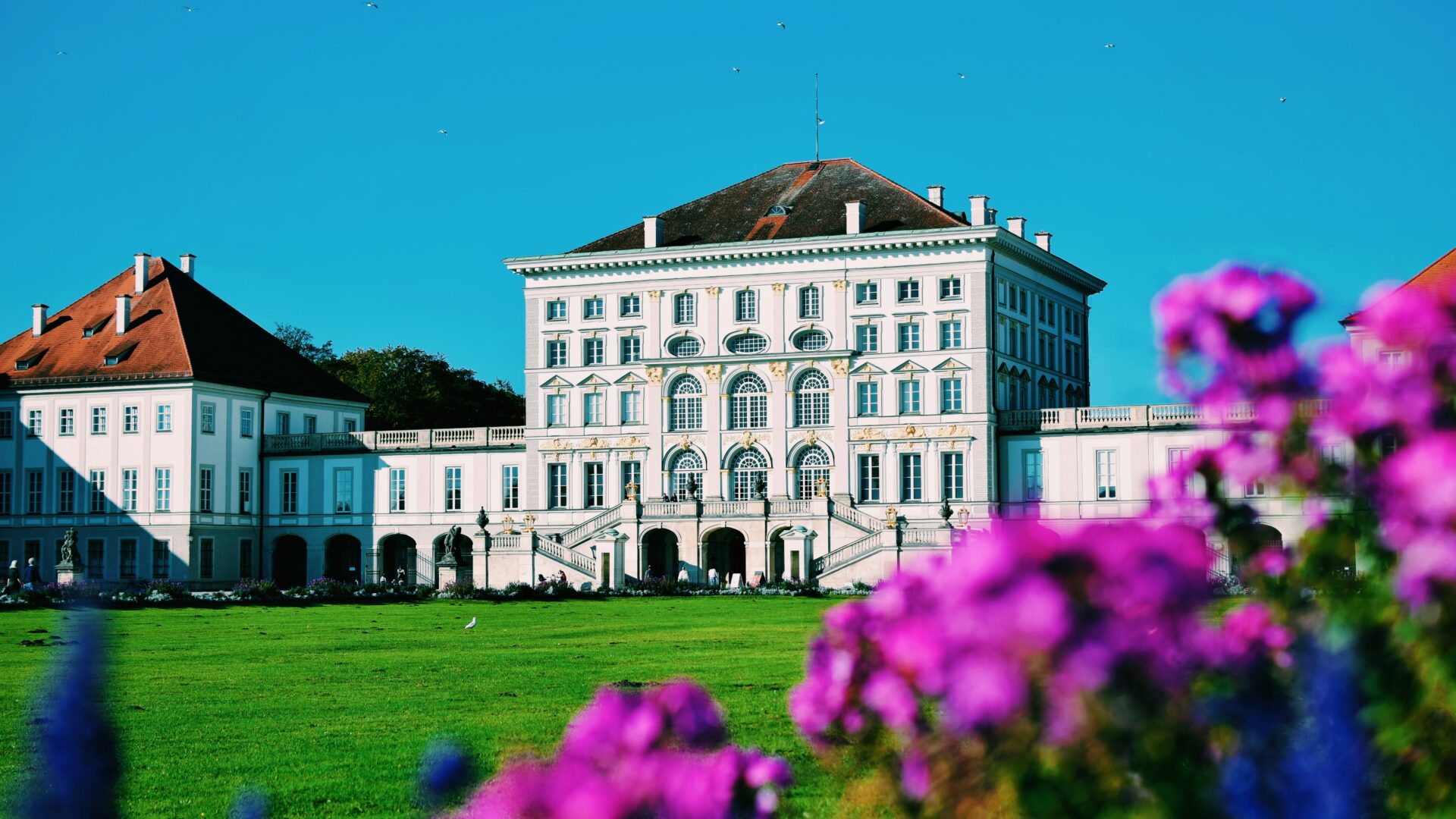
The Residenz: Art, Opulence, and Legacy
Right in Munich’s old town, the Residenz Palace took me by surprise with its endless rooms and winding hallways. Bavarian dukes, electors, and kings once called this place home, and you can see a mix of Renaissance, Baroque, and Rococo styles everywhere.
The Antiquarium wowed me—a massive Renaissance banquet hall with arched ceilings and vivid paintings. I also loved wandering the museum, which overflows with crown jewels, priceless clocks, and tapestries.
As I explored, I felt the royal legacy and artistic ambition in every corner. If you’re into history or just love stunning interiors, set aside plenty of time to get lost here. There’s even a court church tucked inside, which I almost missed.
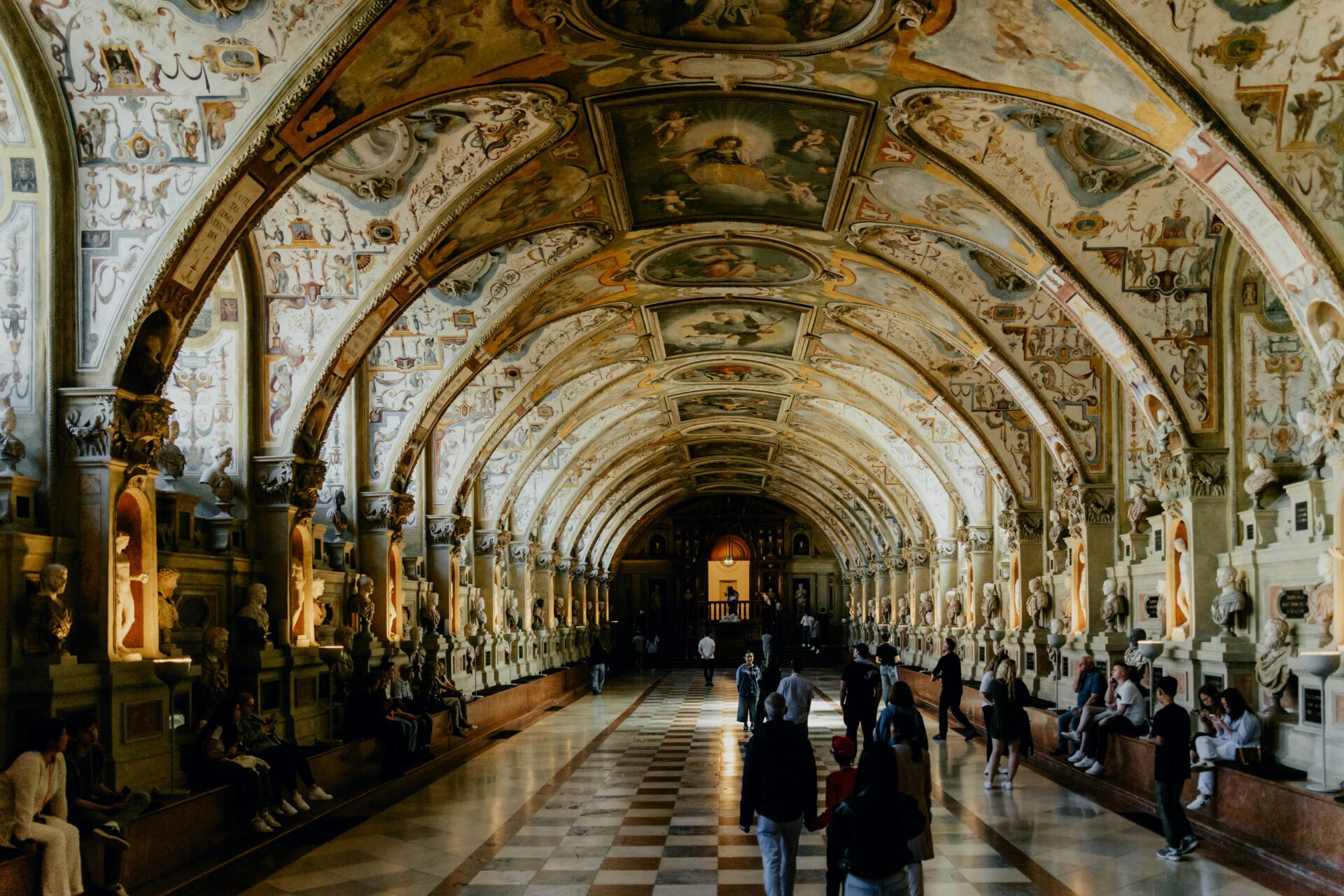
Palatial Gardens & Ornate Interiors
Bavarian palaces always impress with their showy architecture, but their gardens really seal the deal. At Nymphenburg, the gardens seem to stretch on forever, with formal lawns, canal views, and fountains. On a summer afternoon, I watched swans glide across the ponds.
Hidden in these gardens, you’ll find smaller pavilions like the Amalienburg—a Rococo gem decked out in blue and silver. The interiors, with all those mirrors and delicate stucco, turned my walk into an art tour.
When I needed a break from the city, these palace gardens felt like the perfect escape. You can wander parts of the park for free, which is a huge bonus. The mix of indoor art and peaceful green spaces makes these palaces feel endlessly inviting.
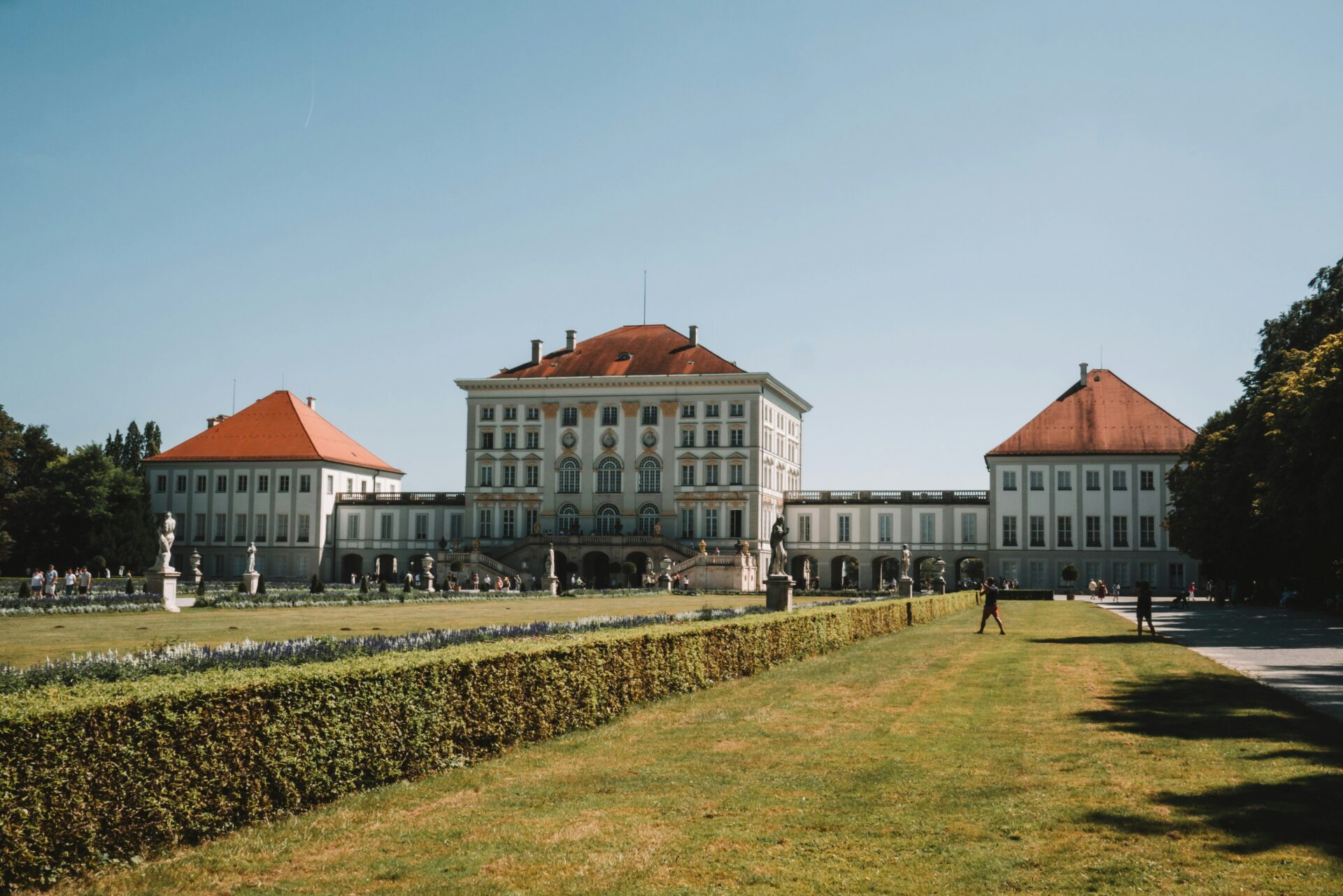
Culture, Traditions, and Culinary Treasures
Bavaria’s culture comes alive in lively beer gardens, beloved traditions, and a food scene that swings between hearty classics and new flavors. My days in Munich and the Alps introduced me to local rituals, busy markets, and legendary treats I honestly still crave.
Beer Gardens and the Spirit of Oktoberfest
If you want to feel Bavarian culture, you have to visit a beer garden. I spent afternoons under chestnut trees, surrounded by families, friends, and strangers who often became conversation partners. Sharing benches, lifting a frothy Maß (that’s a one-liter mug) of Helles, and hearing laughter all around—it just felt right.
Oktoberfest takes that feeling and turns it up to eleven. Rows of tents, towers of pretzels, and brass bands everywhere. I realized it’s not just about the beer. It’s about togetherness, music, and old customs, with everyone proudly wearing Lederhosen and Dirndls.
Here’s what makes Bavarian beer culture special:
| Key Traditions | Description |
|---|---|
| Maßkrug | One-liter stein, the standard pour |
| Reinheitsgebot | Beer purity law, dating back to 1516 |
| Community Tables | Everyone shares, everyone welcome |
| Oktoberfest Dress | Lederhosen, Dirndls, celebratory wear |
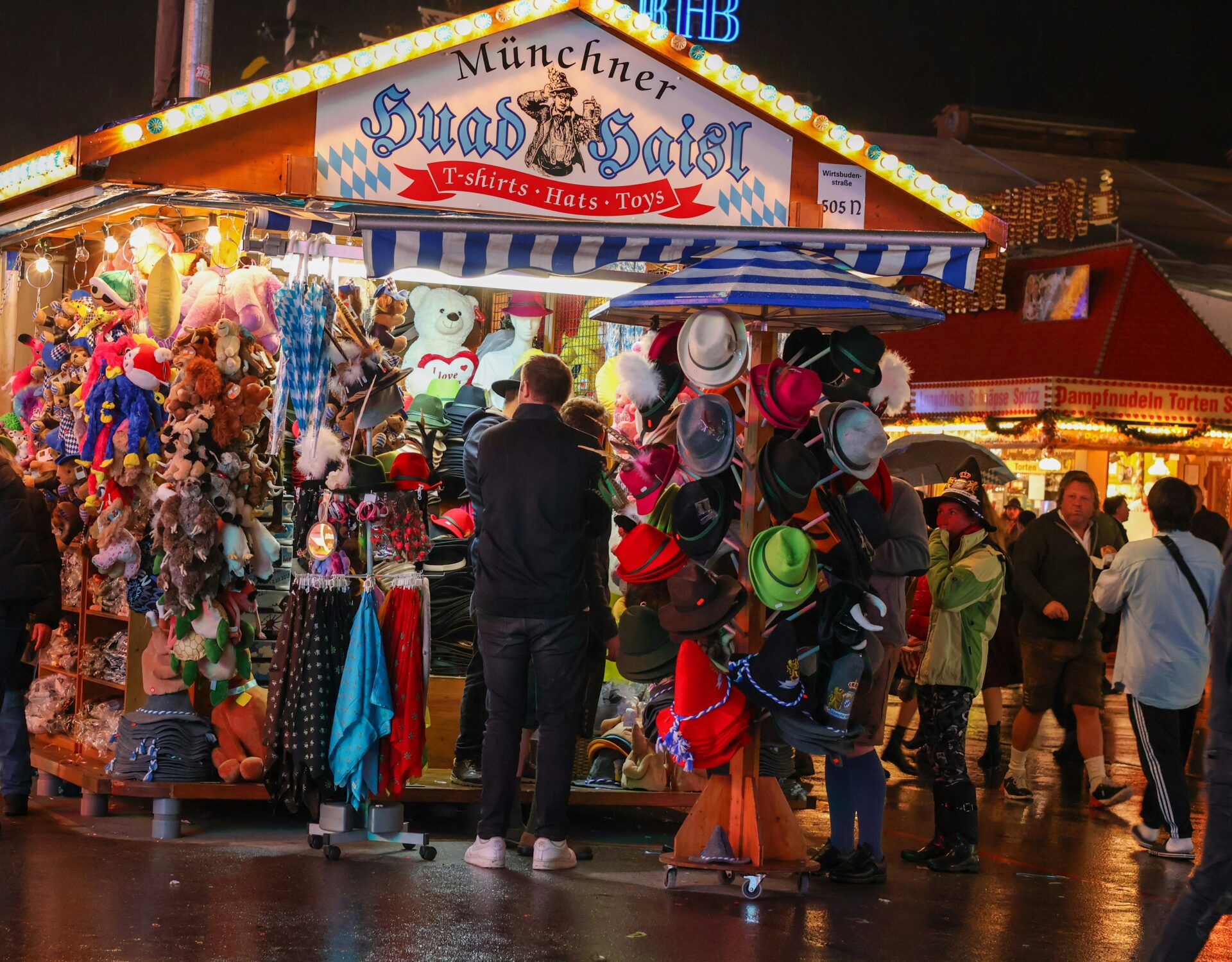
Savoring Local Cuisine: Weißwurst, Markets, and More
Breakfast in Bavaria often means warm, veal Weißwurst sausages, fresh pretzels, and sweet mustard—especially if you grab them at a market stand on a sunny morning. The Viktualienmarkt in Munich quickly became a favorite for me, with heaps of fruit, rows of sausages, and cheese stalls run by chatty vendors.
For a snack or a heartier meal, you’ll find roast pork with crispy crackling, potato dumplings, and tangy sauerkraut. Locals take real pride in their food, with recipes passed down for generations. I loved popping into little butcher shops and bakeries for surprise finds.
Some favorites you have to try:
- Weißwurst: Mild veal sausages, eaten before midday
- Brez’n: Classic soft pretzels, salty and chewy
- Obatzda: Creamy cheese spread, perfect with bread or pretzels
English Garden and Munich’s Foodie Scene
The English Garden in Munich honestly stole my heart. It’s one of Europe’s biggest urban parks, and somehow it feels like you’re in the countryside even though you’re smack in the middle of the city.
Surfers actually ride artificial waves there—yeah, in a park! Families set up picnics, and I found myself joining the crowds under the Chinese Tower at one of Munich’s most famous open-air beer gardens.
I wandered over to the food stalls and grabbed a slice of apple strudel and some fresh salads. Locals and visitors flock here for the classic Bavarian fare, but you’ll also find trendy pop-up cafes and all sorts of global flavors popping up everywhere.
One warm afternoon, I just stretched out on the grass. I sipped a cold Radler and let myself people-watch, feeling like I almost belonged.
Looking for a spot that blends tradition, nature, and Munich’s food culture? Don’t skip the English Garden.

